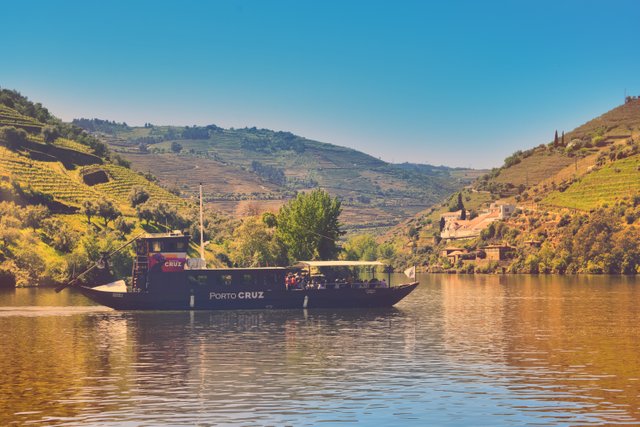📷Curiosities about the Azores Archipelago
Italy Community
✅ 1858 | The Furious Gale that Struck the Bays of Horta and Angra
During the winter months, storms in the Azores seas are often extremely violent, and the one that struck the islands of the Central Group between January 16 and 19, 1858, was just one example among many recorded in the history of Faial Island.
At that time, the port of Horta was heavily hit by a “furious gale,” and several ships were lost.
"When we had barely recovered from the horrible plagues that threatened us [the yellow fever outbreak raging in the populous city of Lisbon], a furious gale, from the 16th to the 19th, completely destroyed the crops and drove nine ships ashore — three Portuguese: the Margarida patacho, the Nereida schooner, and the Jupiter yacht; two American: a large bark and a lugger; one French brig and three English schooners. Five men died: four French and one English. The seven ships that managed to survive were severely damaged, some even having to cut down their masts. Very little was saved from such a great wreck, as the sea nearly destroyed and carried everything away."
In addition to the three Portuguese ships, the American schooner Pathfinder, the American bark North Sea, the French brig Allah Kerim, and the English schooners Lady Anne, King Alfred, and William Morgan Davies were also lost in this storm. It was widely acknowledged that the people of Faial showed great charity and even self-sacrifice in assisting the shipwrecked. Among others, a “sailor from Rua Velha” was distinguished for risking his life to rescue a customs guard and a sailor from the brig Allah Kerim.
Samuel W. Dabney witnessed this storm and the shipwrecks that occurred in those days. He left us a harrowing account included in the Annals of the Dabney Family in Faial, in which he refers to this “most ill-fated day,” and declares:
"I hope never again to experience the horror of seeing other human beings heading toward almost certain destruction, being nearly within our reach, and yet being able to do nothing but watch and see them perish."
The effects of this “furious gale” were also felt on Terceira Island, especially in the bay of Angra, due to the vento carpinteiro ("carpenter wind"), a local term for the southern and southeastern winds that tend to push ships against the coast and cause shipwrecks. This often led to the repurposing of wood for construction, supplying raw material for carpenters.
These events were reported in the newspaper O Angrense:
"The southeast wind has just caused considerable damage in this city’s port. On the 19th of this month, the Desengano patacho, which was anchored in this city’s bay, was driven ashore, having been in imminent danger since the 16th […]. On the same day, the Portuguese schooner Palmira was also grounded […]. Furthermore, various ships collided in the bay, the most damaged being the English schooners Alarm and Bonita […]. Fortunately, no lives were lost, as the crews of 18 anchored ships had come ashore two days earlier."
The high number of ships driven ashore in the bays of Horta and Angra, with some crew members losing their lives, is a clear demonstration of the violence of winter storms in the Azorean seas.
| Category | #italy |
| Photo taken at | Douro Valley - Portugal |
)


Upvoted! Thank you for supporting witness @jswit.
Thanks for stopping by :) I really appreciate the support :) Cheers :)